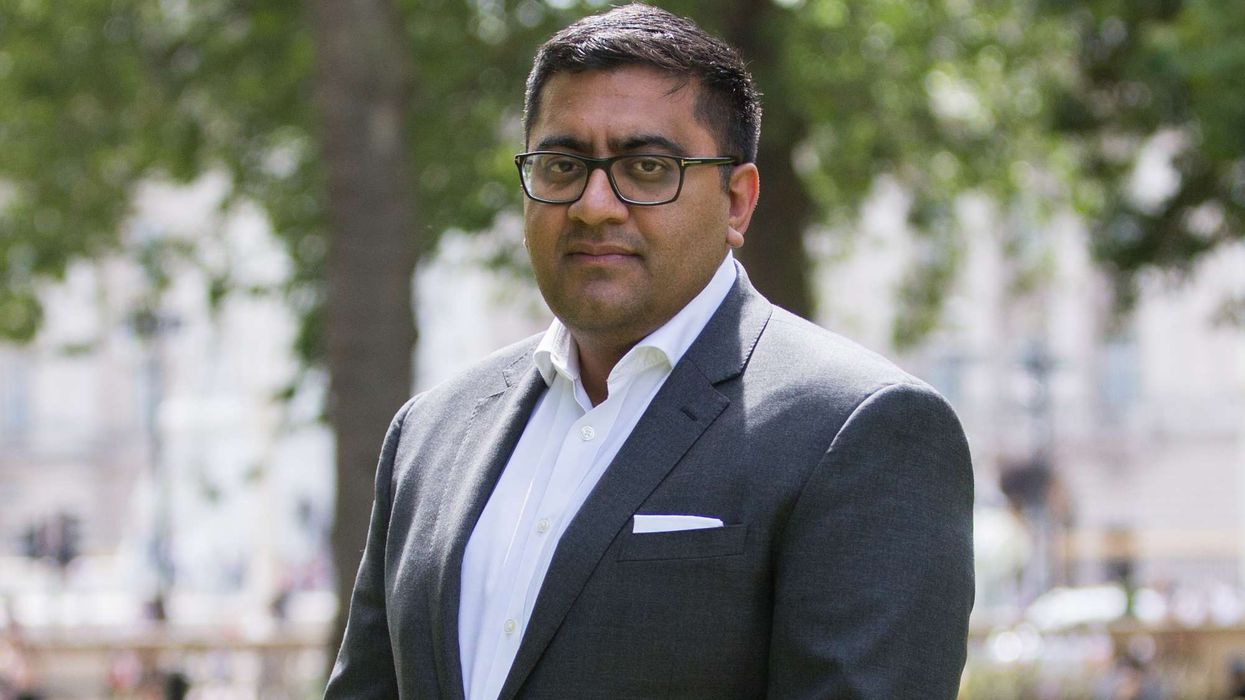Indian Americans are the highest-earning Asian group in the United States, with a median annual household income exceeding $150,000, according to a report published by The Hindu. Their income is reported to be 40 percent higher than that of both Chinese and Japanese Americans.
The report provides insights into demographic and socio-economic trends among Asian communities in the United States. As of 2013, the Asian population in the US was around 25 million, more than double the figure recorded in 2000. By 2023, Asians accounted for 7.4% of the US population, up from 4.2% in 2000.
Within the Asian population in the US, Chinese Americans formed the largest group at 22%, followed closely by Indian Americans at 21%, and Filipino Americans at 19%. Other communities include Vietnamese Americans (9%), Korean Americans (8%), Japanese Americans (7%), and Pakistani Americans (3%).
The report also noted a decline in the share of immigrants within the Asian population. In 2000, immigrants comprised 63% of Asians in the US, but this proportion had decreased to 54% by 2023. For Indian Americans, the share of immigrants dropped from 72%, reflecting a growing second-generation population.
In terms of educational attainment, the report highlighted notable differences among Asian communities. Taiwanese Americans had the highest proportion of individuals with at least a bachelor’s degree, at 83%, followed by Indian Americans at 77%. In contrast, Bhutanese, Burmese, Laotian, and Cambodian Americans had significantly lower rates of higher education.
These education levels corresponded closely with income levels. Indian American households led with a median annual income of $151,200, followed by Taiwanese Americans. Despite strong educational credentials, some groups had comparatively lower earnings. For example, 69% of Mongolian Americans held a bachelor’s degree or higher—ranking third among all Asian groups, yet their median household income was just $54,300, the lowest among the communities surveyed.
The report underscores the diversity within the Asian American population in the United States, both in terms of origin and socio-economic status. While some groups have achieved high levels of educational and financial success, others continue to face significant disparities.
Indian Americans, in particular, continue to stand out for their high income levels and educational qualifications, maintaining a strong presence in professional and academic sectors across the US.














